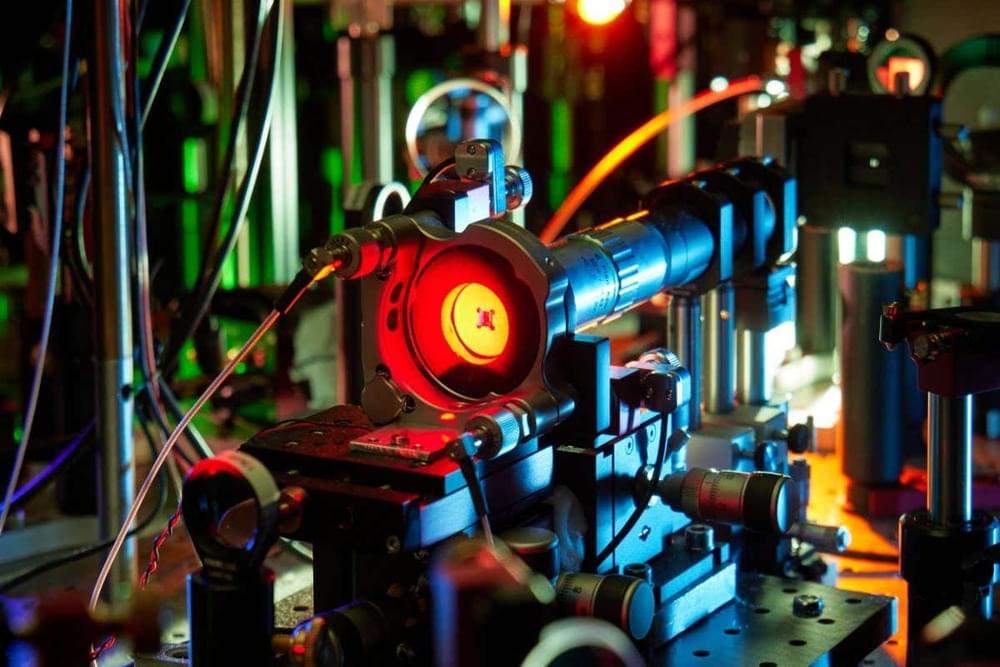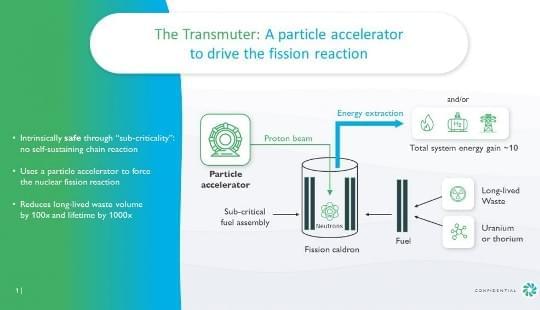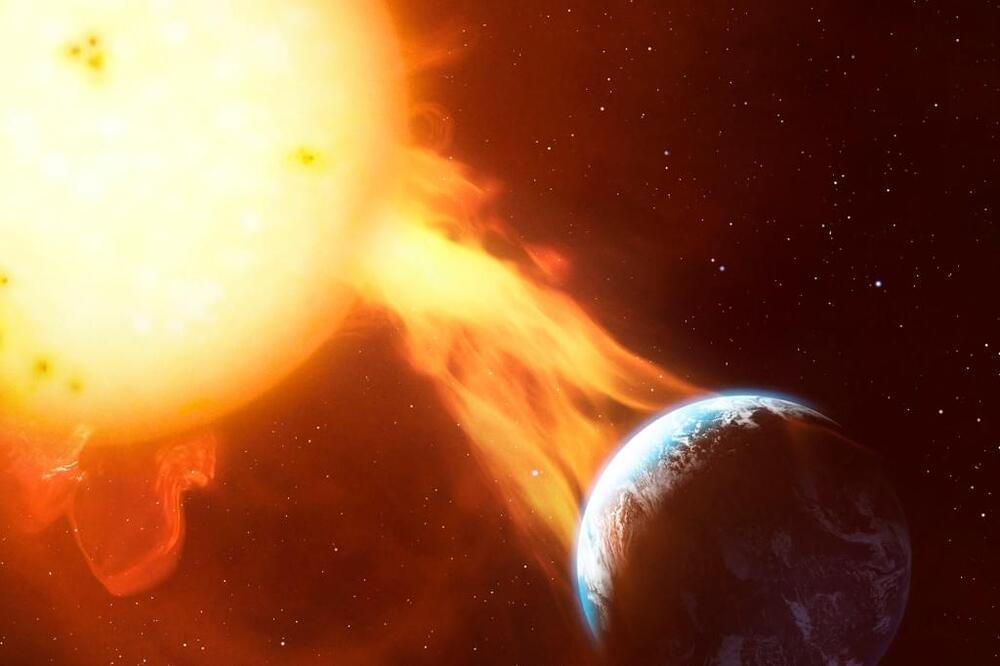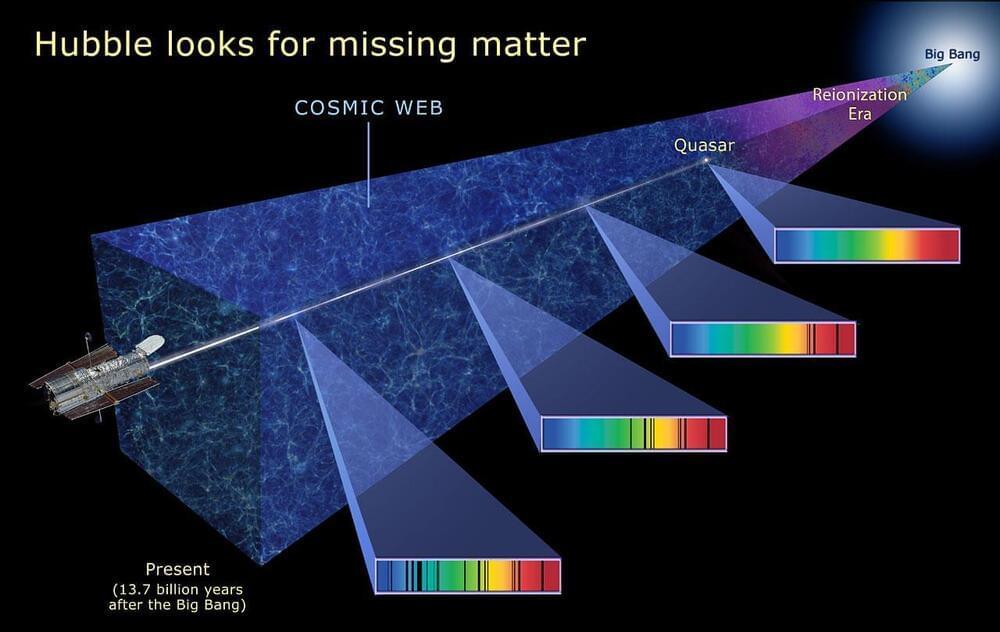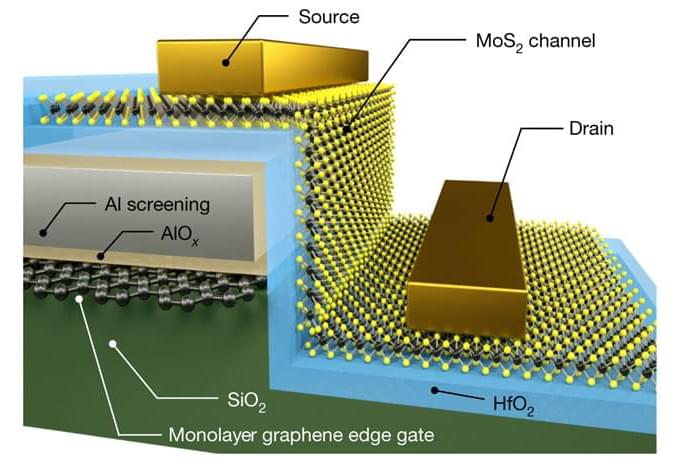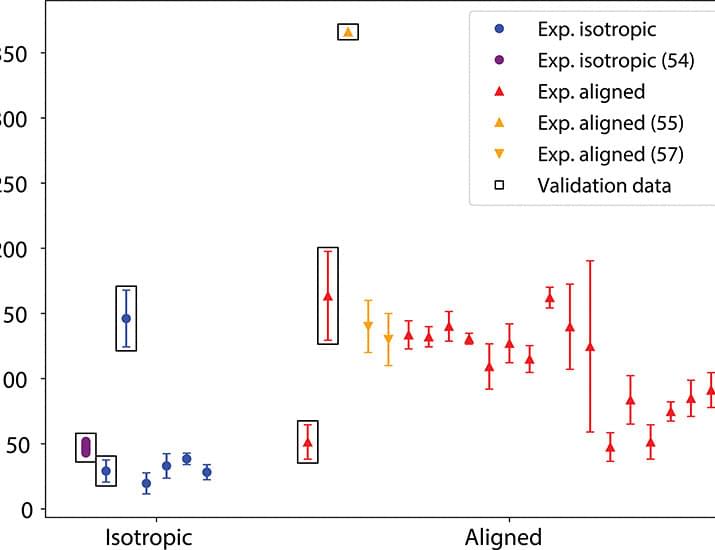A gas made of particles of light, or photons, becomes easier to compress the more you squash it. This strange property could prove useful in making highly sensitive sensors.
While gases are normally made from atoms or molecules, it is possible to create a gas of photons by trapping them with lasers. But a gas made this way doesn’t have a uniform density – researchers say it isn’t homogeneous, or pure – making it difficult to study properly.
Now Julian Schmitt at the University of Bonn, Germany, and his colleagues have made a homogeneous photon gas for the first time by trapping photons between two nanoscale mirrors.
